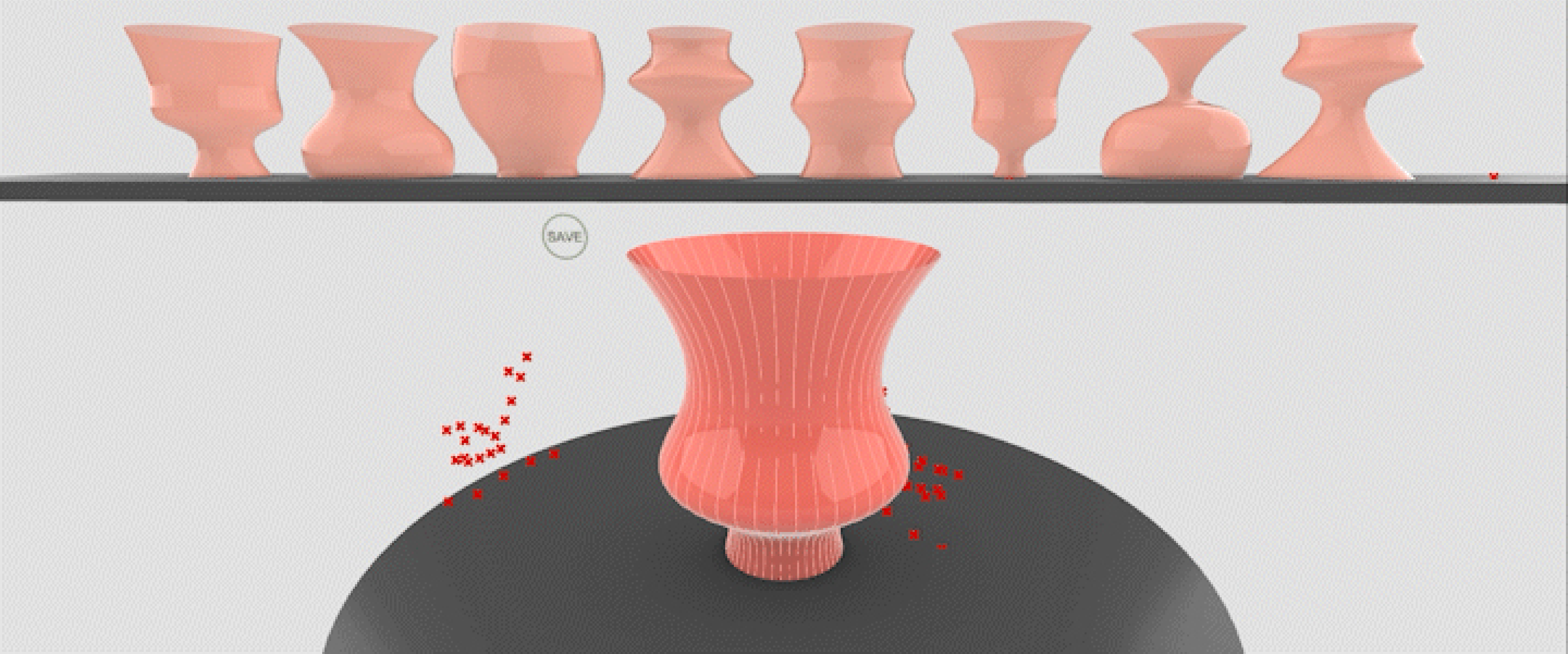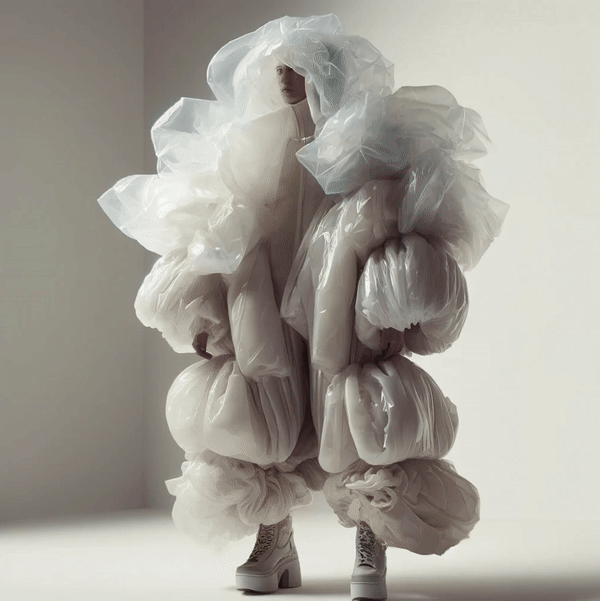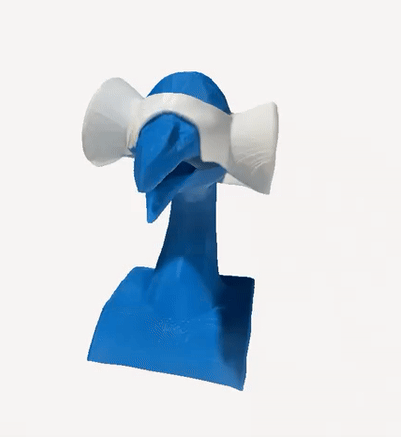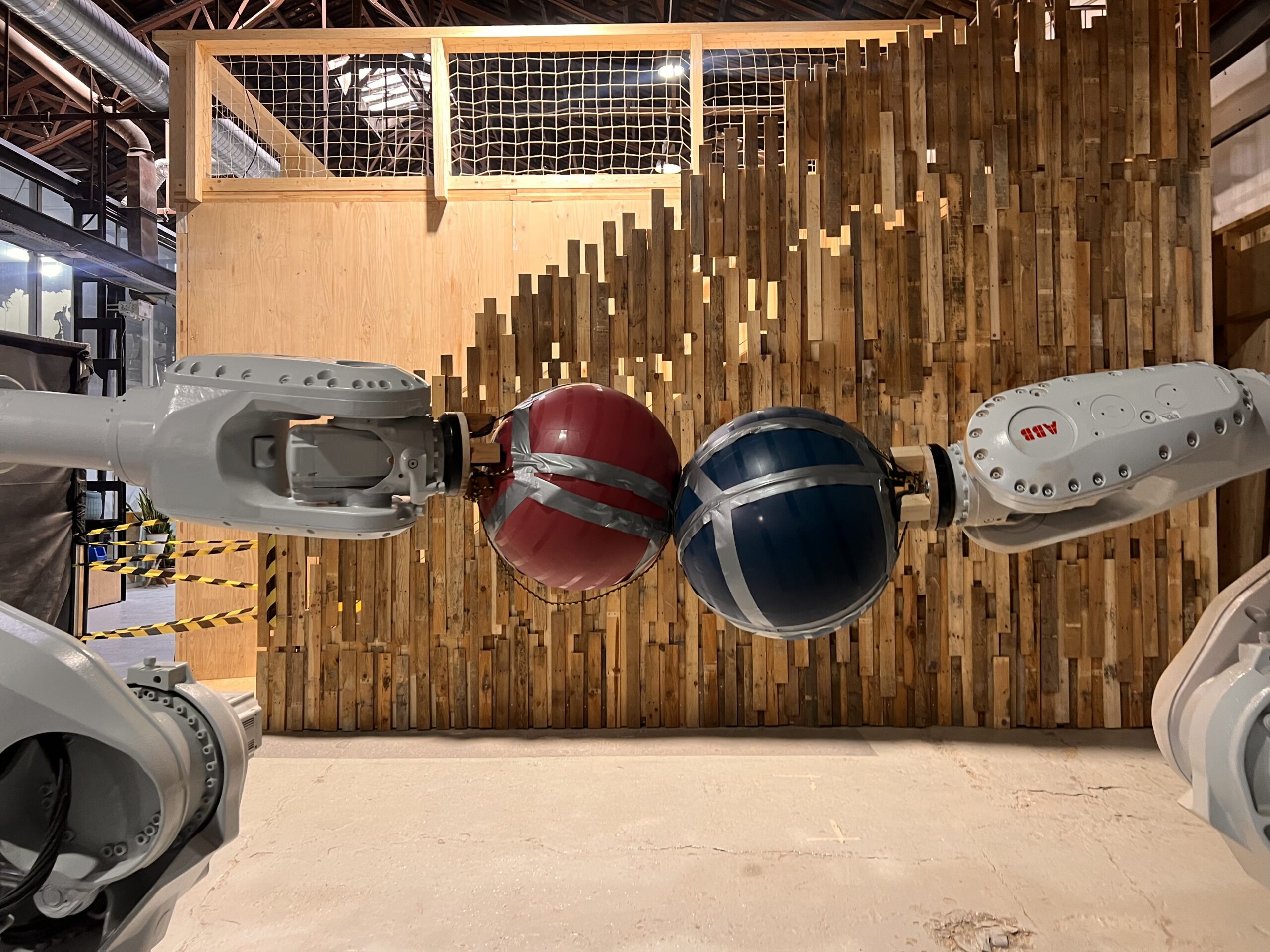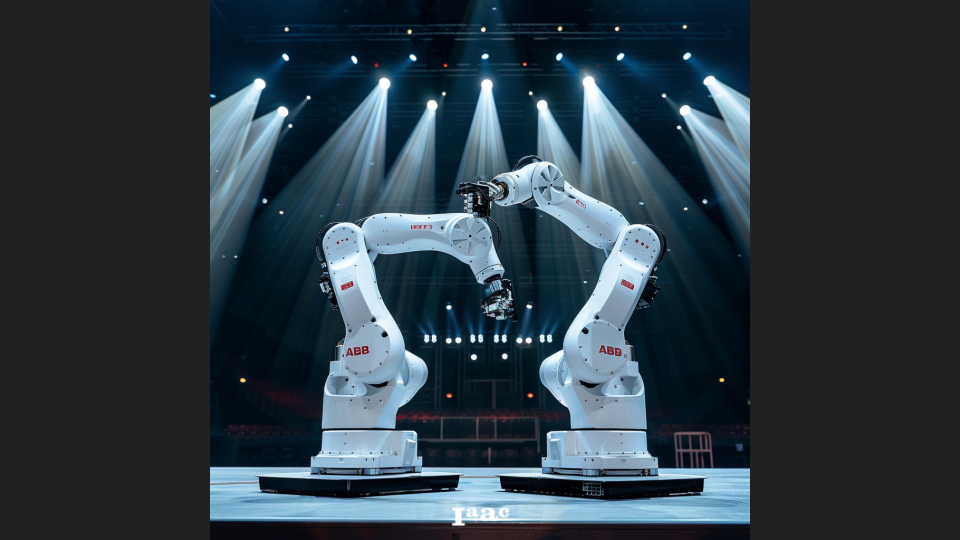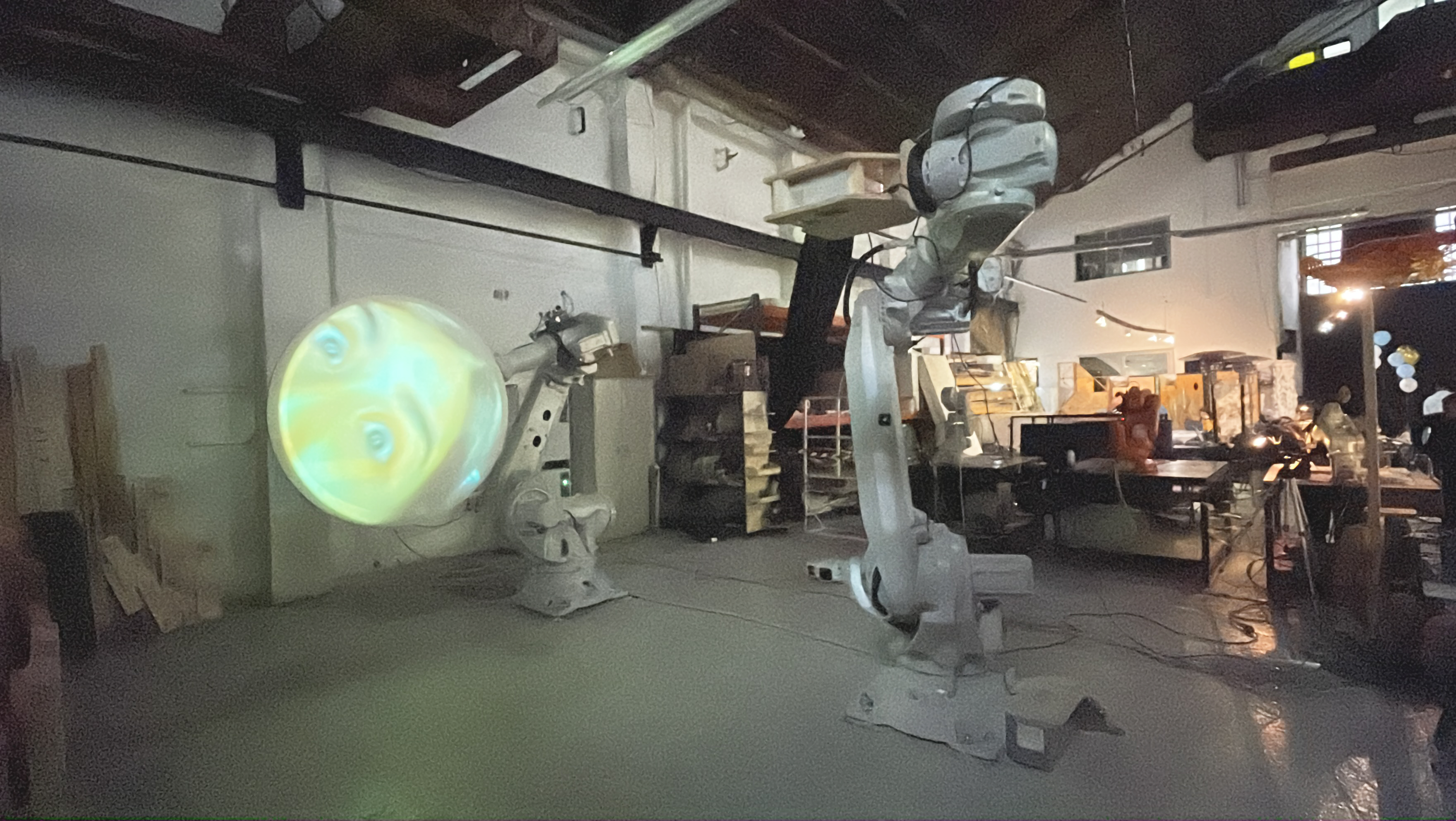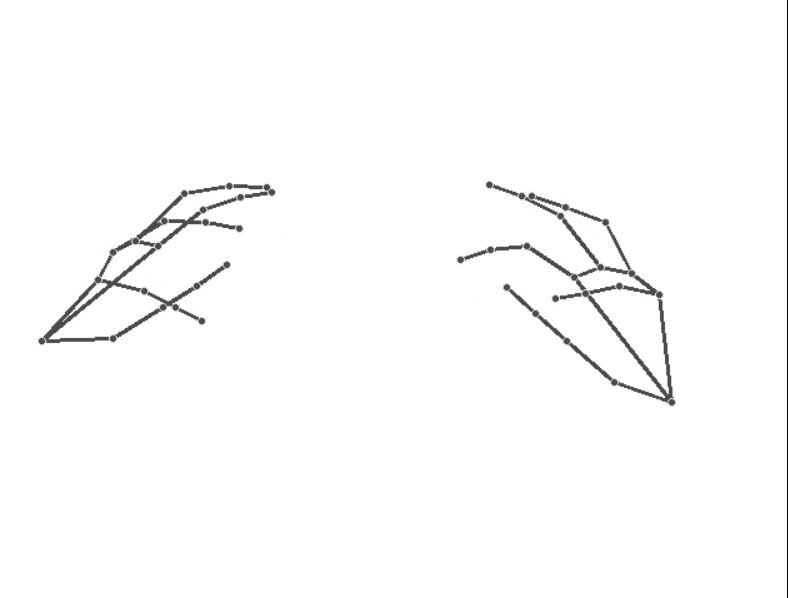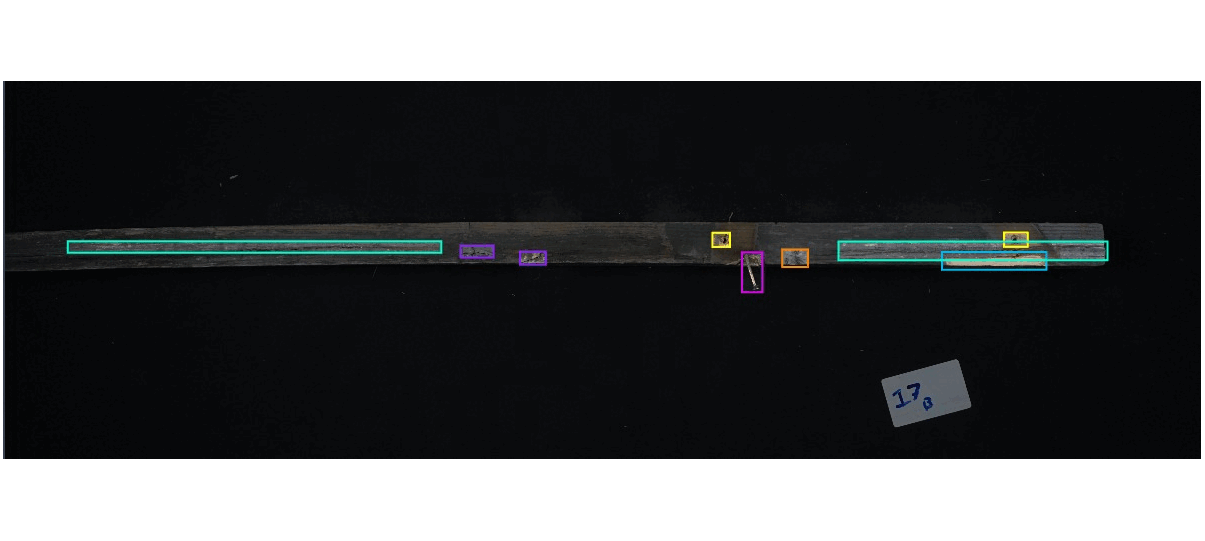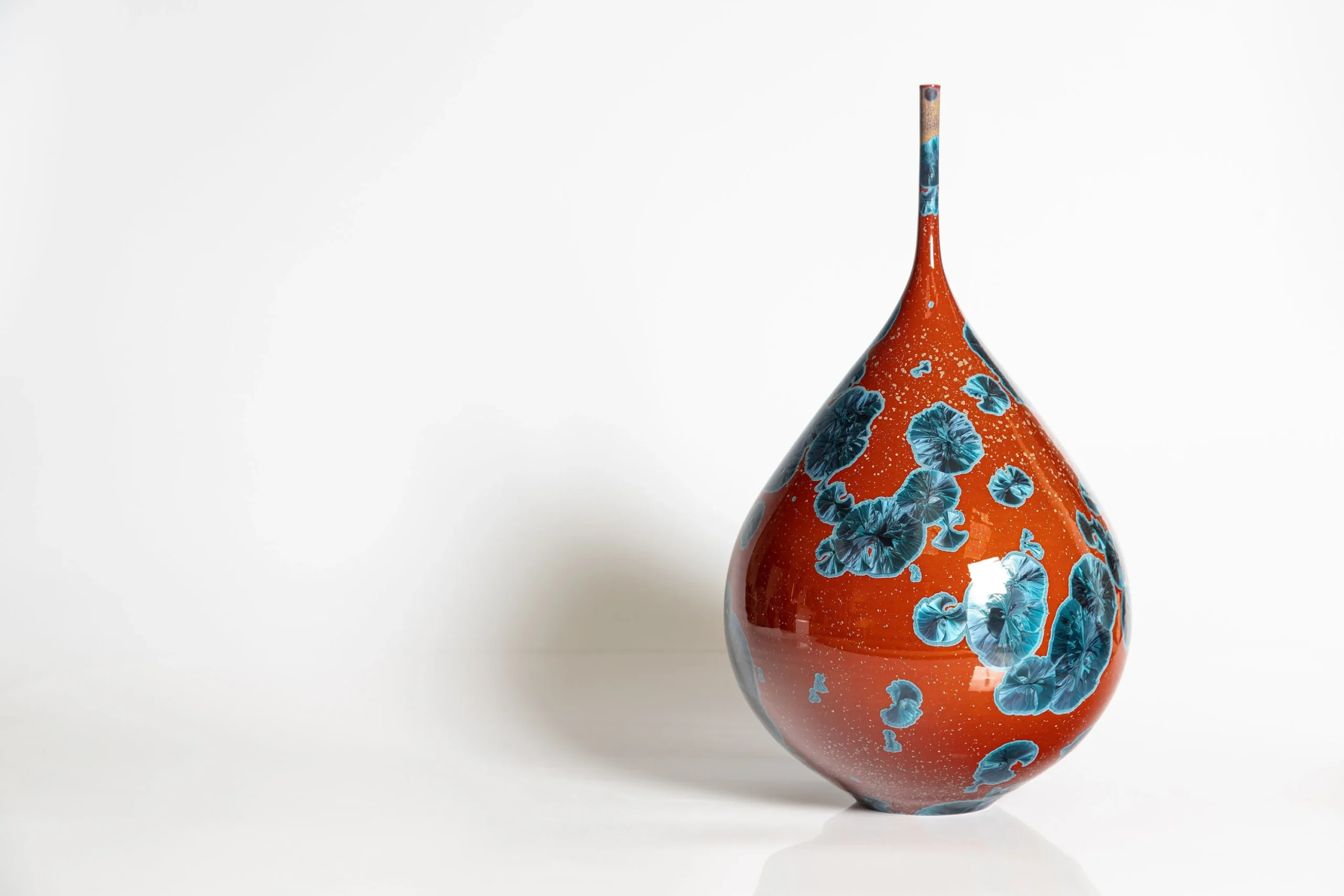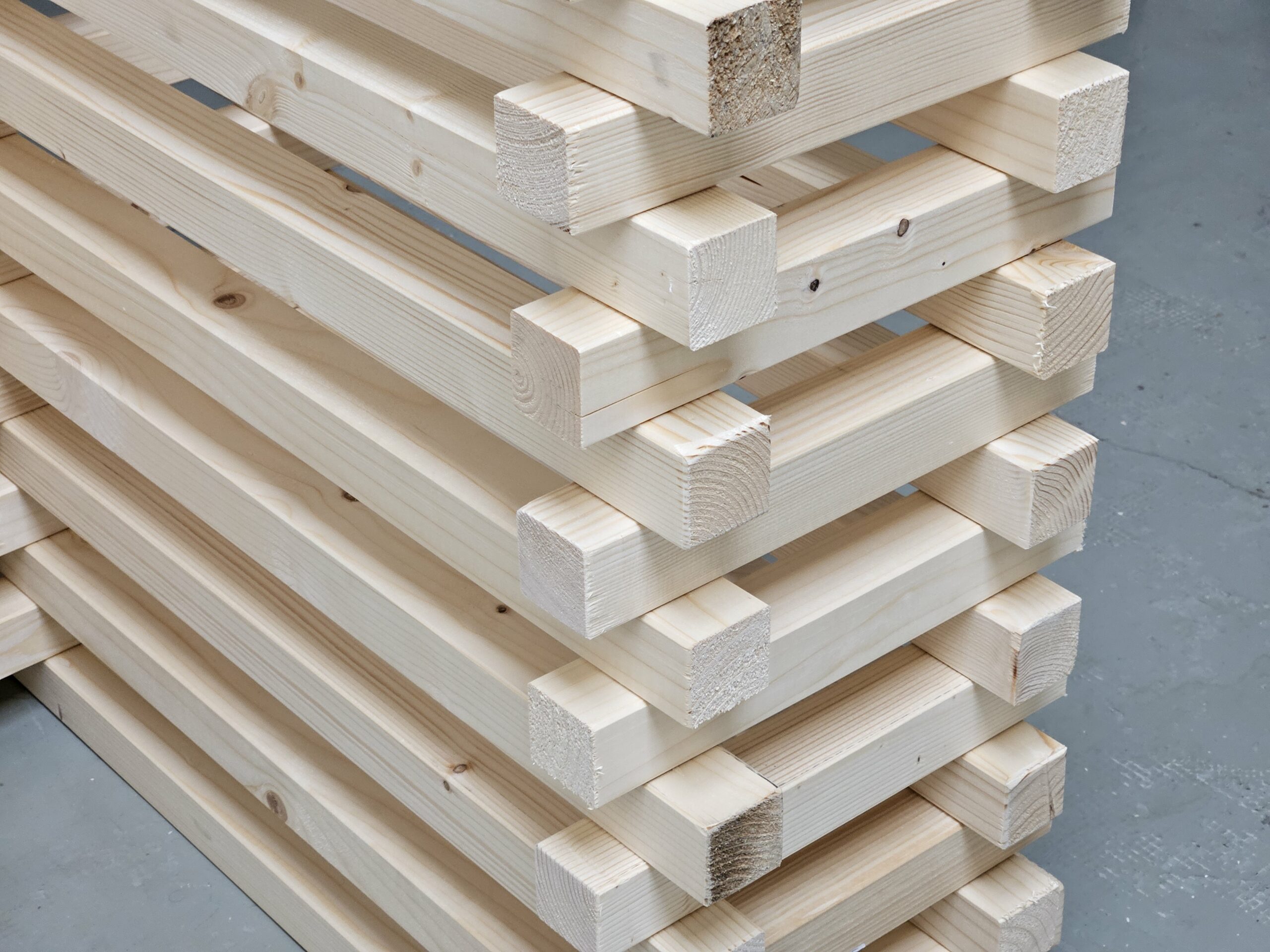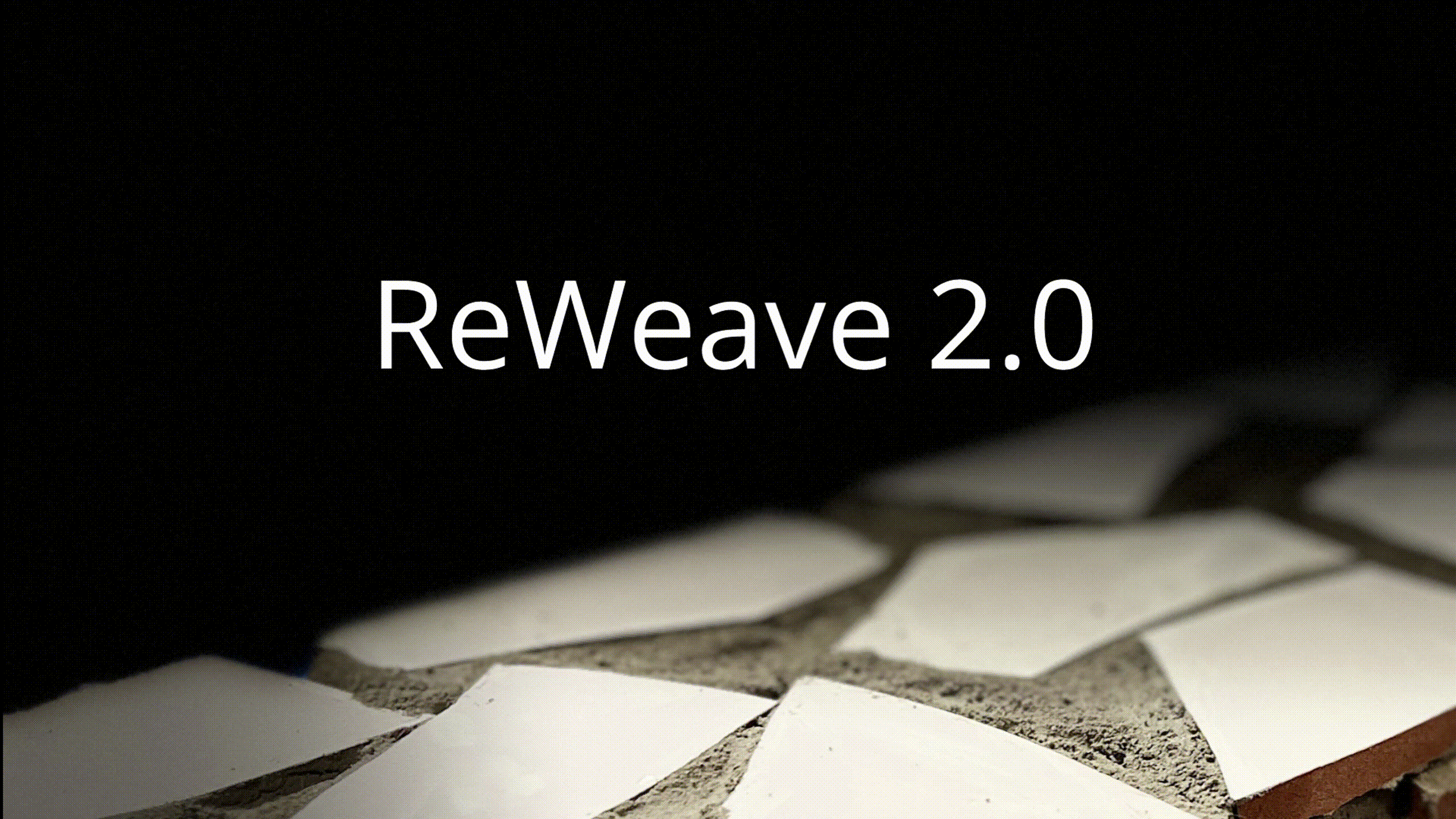Jasper’s Diner
A virtual reality (VR) experience, Jasper’s Diner immerses users in a lively and unpredictable diner environment, where every interaction impacts the world around them. Our everyday choices, specifically food consumption, have significant environmental consequences. The purpose of our VR experience is to show users in a funny and ridiculous way how meat consumption contributes to … Read more


